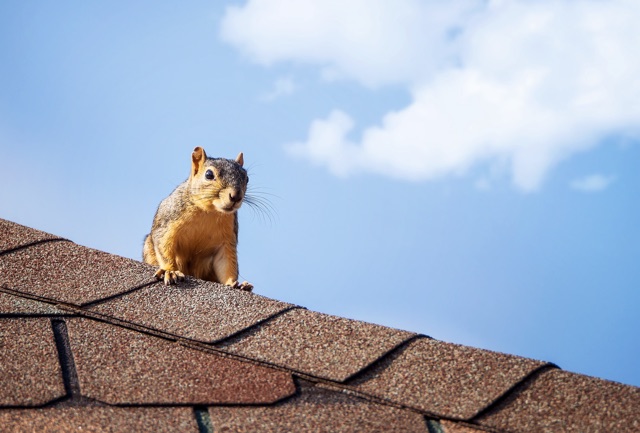
With their bushy tails and quick moves, squirrels are interesting animals that catch our attention in both cities and the countryside. The family Sciuridae includes these small animals, which are known for their strange habits and unique ways of living. Understanding how squirrels act gives us valuable information about their habits. This helps us understand their place in the ecosystem and live in peace with these cute neighbours. In this piece, we’ll get into the details of how squirrels act and learn about their interesting habits that make them such interesting animals.
Diurnal: Squirrels are daytime animals, which means they are most busy during the day. Early in the morning and late in the afternoon are the best times to see squirrels doing their different things. During the hottest parts of the day, they usually rest or look for shade to save energy for when they are busy hunting.
Food-Storing Habit: Storing food is one of the most unique things that squirrels do. Squirrels are known to hide food, especially nuts, as a way to get ready for times when food is scarce, like during bad weather or the winter. They carefully hide nuts in many different places and rely on their good spatial memory to find them when food is scarce.
Squirrels are very good at climbing trees because their back legs are strong and they have sharp claws. They are very agile and can easily move around tree roots and branches. They often jump from tree to tree with amazing accuracy. This tree-dwelling way of life keeps them safe from enemies and makes it easy for them to find food.
Gnawing and Taking Care of Teeth: Squirrels’ incisor teeth keep growing continuously. They chew on things like tree bark, branches, and even man-made buildings to keep their teeth from getting too long. Gnawing also helps them get food, like nuts and seeds with hard shells, by breaking them open.
Building a Nest: Squirrels build homes, called “dreys,” to live in and raise their young. Most of the time, these nests are made of sticks, leaves, and moss, and you can find them in tree branches or in the bends of tree trunks. Some squirrels, like the Eastern Grey Squirrel, may also use holes in tree stems as natural homes.
Communication via Tail Movements: Squirrels use their tails to talk to each other. They wag their tails in different ways and speeds to tell other squirrels different things. A quick flick of the tail could be a sign of danger, while slow, deliberate moves could mean that the animal is curious or at ease.
Territorial Behaviour: Squirrels are very territorial, especially when it’s time to their breeding seasons. When other male squirrels try to mate with the females in their territory, male squirrels can get very aggressive to protect their territory. Territories are set up by leaving smell marks and making sounds.
Social Structure: Squirrels can be protective, but they can also be social with other squirrels. Especially female squirrels may share homes and take care of each other’s young. During mating and breeding seasons, it’s important for animals to connect with each other.
Adaptability to Urban Environments: Many squirrel species have adapted very well to living in cities. They don’t mind using things that people have made and eat food that is around, like bird boxes and food that people have thrown away.
By figuring out how squirrels act, we can learn fascinating things about these cute and smart animals. Every part of a squirrel’s behaviour shows how well it can change and survive. For example, squirrels are awake during the day, they store food, they know how to climb trees, and they talk with their tails. Learning about squirrels’ habits not only makes us like them more, but also makes it easier for us to live with them in both rural and urban areas. We can continue to be amazed by squirrels and the important role they play in keeping the environment in balance as long as we don’t get in the way of their natural behaviours and help them do well.
